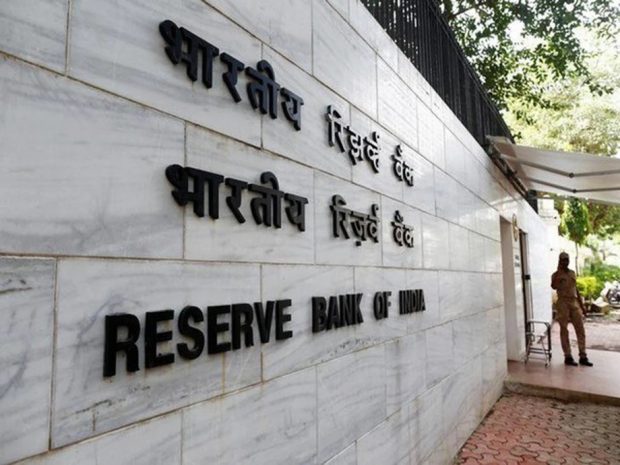

PTI, Feb 20, 2024, 7:07 PM IST

ANI Image
An article co-authored by RBI Deputy Governor Michael Debabrata Patra on Tuesday rejected the IMF’s contention about the country’s general government debt, emphasising that the debt-GDP ratio could be significantly lower than projected.
Empirical findings show that medium-term complementarities between judicious fiscal consolidation and growth outweigh the short-run costs, said the article titled ‘The Shape of Growth Compatible Fiscal Consolidation’.
It also said that spending on social and physical infrastructure, climate mitigation, digitalisation and skilling the labour force can yield long-lasting growth dividends.
”Our simulations reveal that the general government debt-GDP ratio swerves below the projected path set out by the IMF in its latest Article IV consultation report for India,” the article, published in the Reserve Bank of India’s February Bulletin, said.
”With recalibration of government expenditure, the general government debt-GDP ratio is projected to decline to 73.4 per cent by 2030-31, around 5 percentage points lower than the IMF’s projected trajectory of 78.2 per cent,” the team led by Patra said in the article.
This, it said is noteworthy as the debt-GDP ratio is projected to rise from 112.1 per cent in 2023 to 116.3 per cent in 2028 for advanced economies and from 68.3 per cent to 78.1 per cent for emerging and middle-income countries.
”It is in this context that we reject the IMF’s contention that if historical shocks materialise, India’s general government debt would exceed 100 per cent of GDP in the medium-term and hence further fiscal tightening is needed,” the article said.
Further, it said their baseline projection suggests that the debt-GDP ratio will chart a secular decline, reaching 77.4 per cent in 2030-31.
RBI said the views expressed in the article are of the authors and do not represent its views.
The Interim Budget for 2024-25 has projected the gross fiscal deficit of the Union government at 5.1 per cent of GDP in 2024-25, in line with the target of 4.5 per cent of GDP by 2025-26.
The impetus provided to capital expenditure in the post-pandemic period has been sustained by increasing its share to 3.4 per cent of GDP, the article said.
Udayavani is now on Telegram. Click here to join our channel and stay updated with the latest news.




Reliance Consumer Products Limited Acquires Velvette


Gold zooms past record Rs 89k-mark, silver rallies Rs 2,000 to 4-month high


Wholesale price inflation eases to 2.31pc in Jan


Karnataka signs MoUs worth Rs 2,220 cr on day two of GIM 2025


Celebrating Valentine’s Day: Airlines come up with rate discount, special menu


5 of 18 victims of stampede at Delhi railway station died due to traumatic asphyxia: Hospital


RSS chief Mohan Bhagwat emphasises unity of Hindu society, calls it country’s responsible community


Farmer leader Kuruburu Shanthakumar brought to Bengaluru by air ambulance


L.R. Shivarame Gowda and Brijesh Kalappa rejoin Congress


RJD chief Lalu Yadav courts controversy, calls Maha Kumbh ‘meaningless’
You seem to have an Ad Blocker on.
To continue reading, please turn it off or whitelist Udayavani.